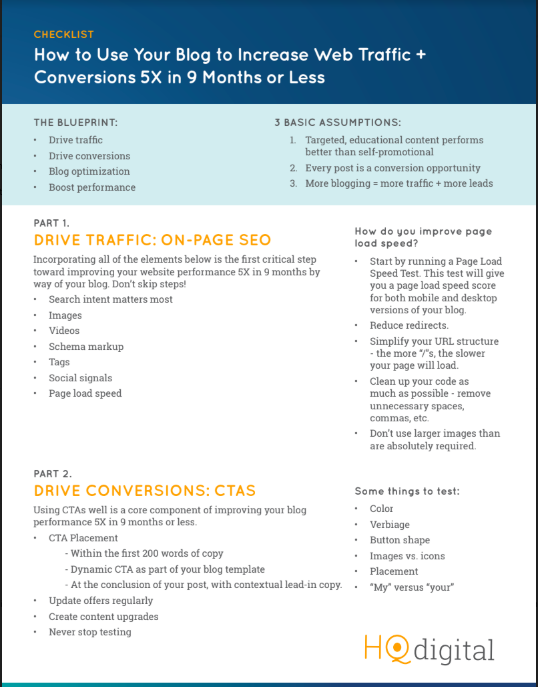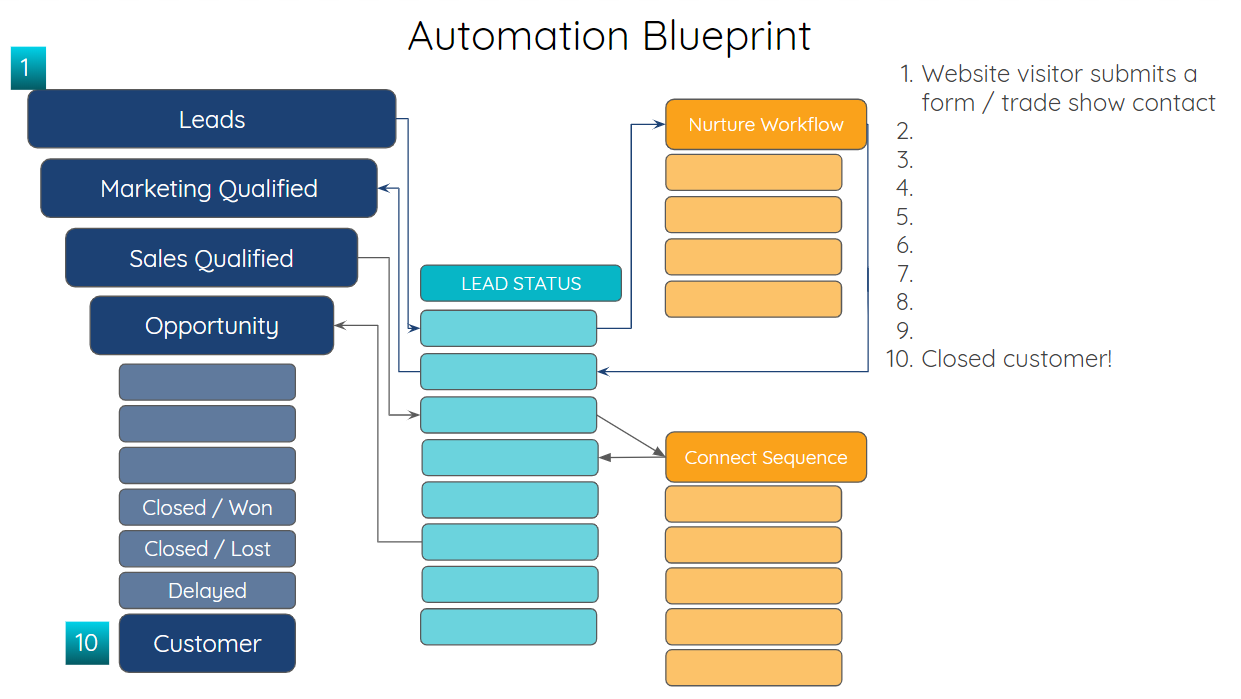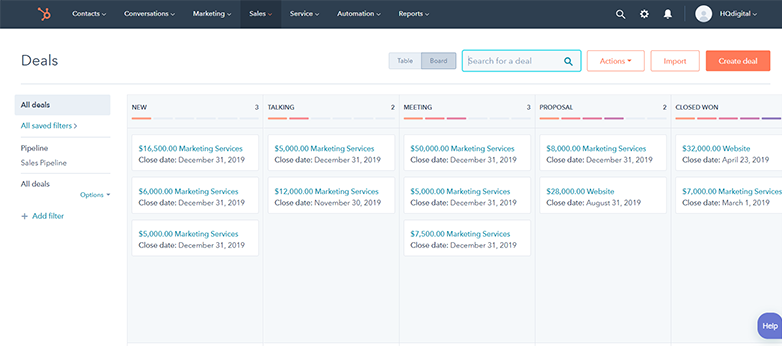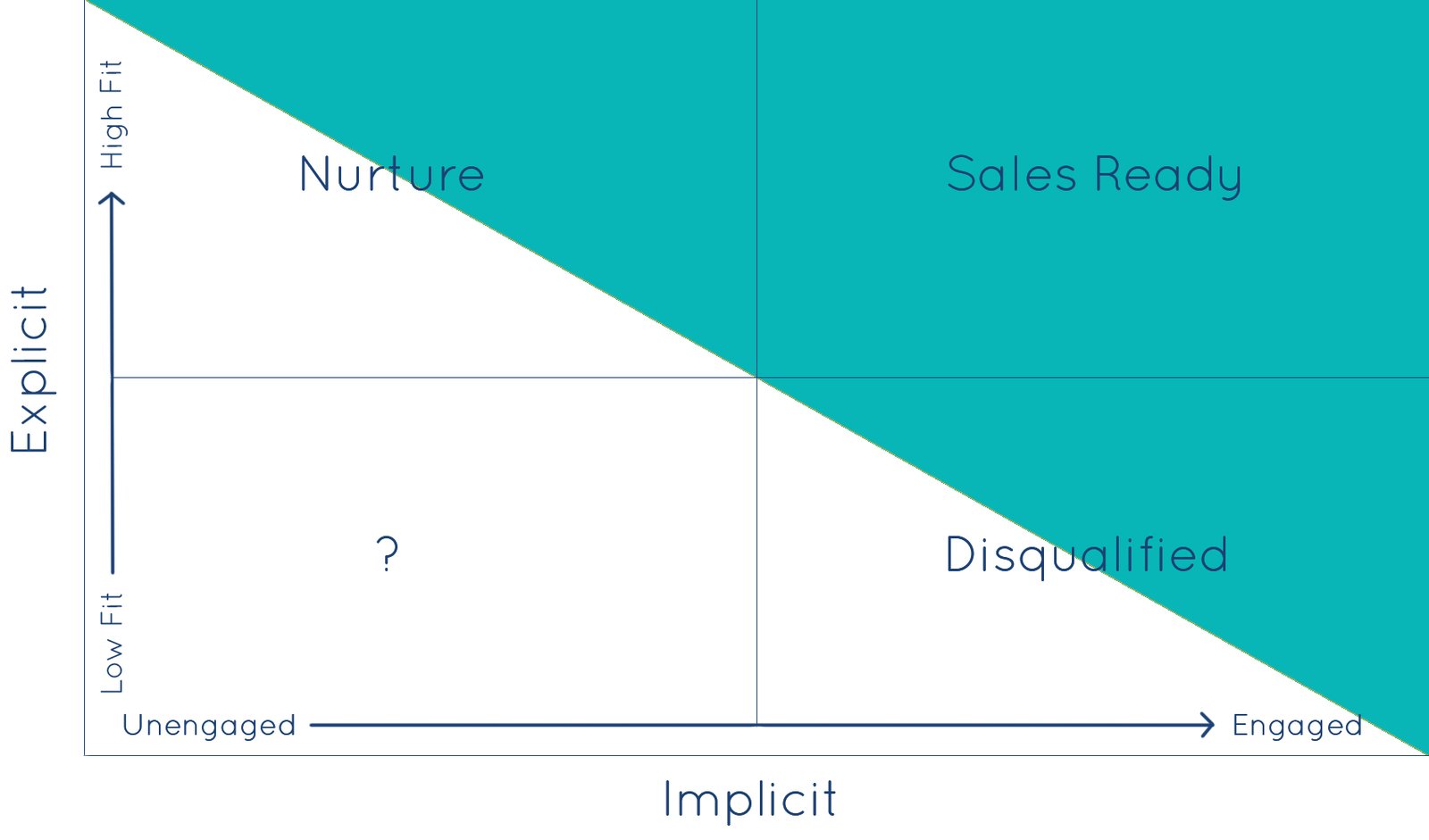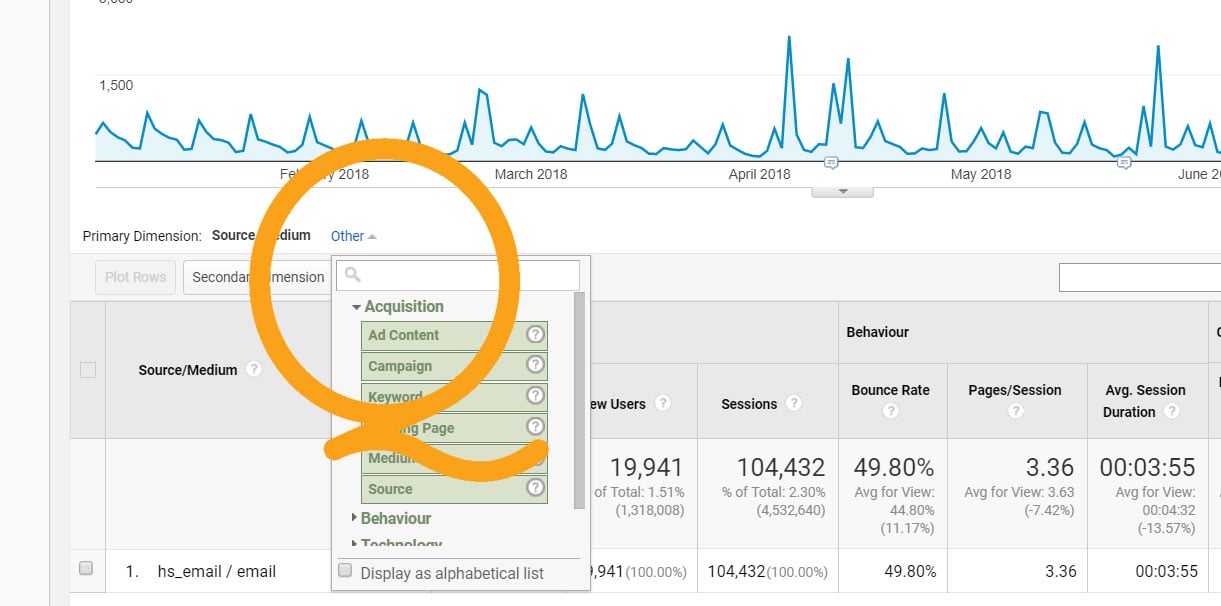When it comes to boosting your website's conversion rate, you can focus your efforts on several areas to see results almost immediately. Every website is unique, but some tried-and-true best practices within conversion rate optimization prove to increase website lead generation for pretty much everyone.
Try these seven proven ways to boost your website conversion rate and start getting more leads from your existing website traffic. These tips will generate improvement for almost any website, particularly when implemented all together.
1. Add video to landing pages
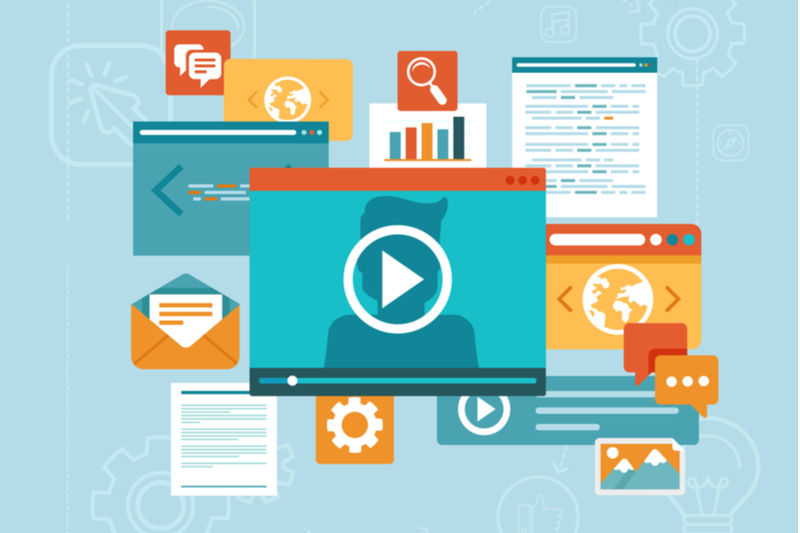
A landing page is any page on your website that includes a form and has a primary goal of getting users to complete it.
Studies consistently show that adding video to your landing pages is an awesome opportunity to improve website performance. A study by eyeviewdigital.com shows that using video on landing pages can increase conversion by 80%.
Video represents the future of the internet. Early adopters who get out in front will have huge opportunities to leverage video to improve lead generation and customer acquisition. Include video on your landing pages whenever possible.
Video production doesn't have to be complicated. Record a simple and helpful message on your phone or computer. Include captions for the clearest communication of your message.
2. Deploy designated landing pages for ads
Whether you're running pay-per-click ads on Google, Facebook, LinkedIn, Instagram, Bing, or some other platform, it's important to create designated landing pages that are specially optimized for their particular channels.
For each channel, the user's journey to your website is distinct, and so it's important to contextualize the user experience each time.
Create specialized, alternate versions of your primary landing page that include tracking analytics. Be sure to "noindex, nofollow" the alternate versions of your landing pages to keep these PPC-only pages from competing with the organic versions.
When driving traffic from these channels to your landing page, it's important to match the intent of your ad with the intent on your landing page. "If you create a false sense of expectation in your ad, users will quickly leave your landing page," says Jason Lucarelli, PPC expert and founder of Reanimate Marketing. "Landing page copy influences the copy in my ads, because I want my ad copy to lead seamlessly into my landing page copy. It's about setting the right expectations and delivering on them."
Additionally, these landing pages may contain primary ("Get Started"), secondary ("Download Free Guide"), and tertiary (a phone number or email address) goals. So it's important to track all of these conversion points in your chosen analytics platform to measure the true impact of paid campaigns on your business.
3. Add CTAs to key pages
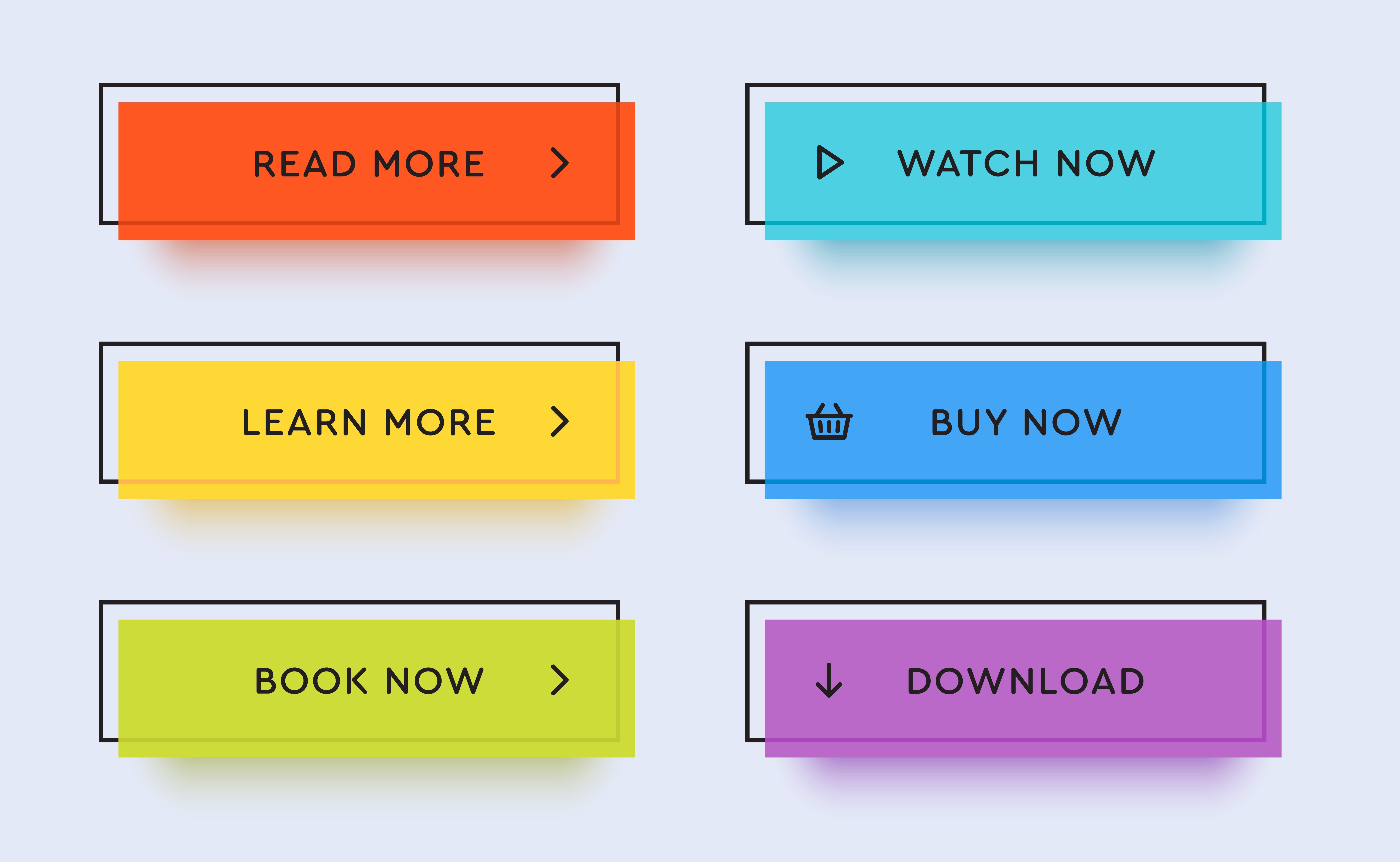
Calls-to-action are necessary ingredients for boosting your website's conversion rate. That's because CTAs create user paths for engaged visitors - paths that guide users to your landing pages and prompt them to convert on your forms.
Always make sure your CTAs:
- Are compelling
- Use action-oriented language
- Stand out from the rest of your site
Studies show that including a reason why a user should convert, typically by way of the word "because," will boost your conversion, even when that reason doesn't make any sense.
Add CTAs to your highest-trafficked website pages, including your home page and top-performing blogs. Don't include more than one CTA per page section, as that overwhelms users and leads to a problem known as the paradox of choice. Users often take no action when presented with too many options.
4. Use progressive forms
While every company and industry is different, in general, the fewer form fields you require (or request), the higher your conversion rate will be. Certain offerings on your website, like a free trial or a demo, may require more extensive information from visitors, including a contact's phone number, job title, and company size.
But for more top- or middle-of-the-funnel assets, try requesting less information. Ask only for what your team absolutely needs at that stage of the buyer's journey. For a top-of-the-funnel piece, like an infographic or a checklist, that typically means asking only for a user's first name, last name, and email address.
One savvy trick that we love to employ is leveraging progressive forms throughout a website. Progressive forms are a piece of technology that allows an organization to progressively prompt return contacts for additional information by swapping out form fields that have already been completed.
For example, the first time I come to your website and download a checklist, I enter my first name, last name, and email address. When I return to download something else, instead of prompting me for the same information, the first name and last name fields will be replaced by new fields, such as job title or company size.
This is a win-win because marketers are able to gather additional qualifying information about their leads, while website users fill out fewer form fields. The results are higher conversion rates without sacrificing additional highly-coveted lead data!
5. BuiId a chat bot

Chat bots are great for lead generation and conversion, and it's no wonder they've quickly become a popular feature on websites today.
Adding a chat function to your website gives visitors an opportunity to convert and engage directly with your company without having to complete a form.
Many chat tools are available. They fall into two main categories - live chat, which is manned by a person in your organization (usually a customer success rep or salesperson), and AI-based chat tools, which use programming logic to handle and direct inquiries.
Regardless of which type you use, for best results, use a chat script that is contextualized to the particular page where it lives. If it's on a product page, ask the user if they have any questions you can help answer about your products.
Also, always ensure a seamless handoff from bot technology to a human. Nothing kills conversion faster than a frustrating chat experience that leaves users waiting for answers or responses from your company.
6. Use pop-ins
Even though pop-in forms and CTAs detract from the user experience, there is undeniable data that they work to lift a website's conversion rate. On average across our clients, we see between a 4% and 10% lift upon implementation of pop-ins.
You can trigger pop-ins based on a number of conditions, such as:
- Time-on-page
- Percentage of page read
- Exit intent
Many tools are available to help you get pop-in CTAs and forms on your site quickly and easily. We use HubSpot's pop-in tool, which is user-friendly and simple to get up and running within minutes.
7. Personalize the user experience
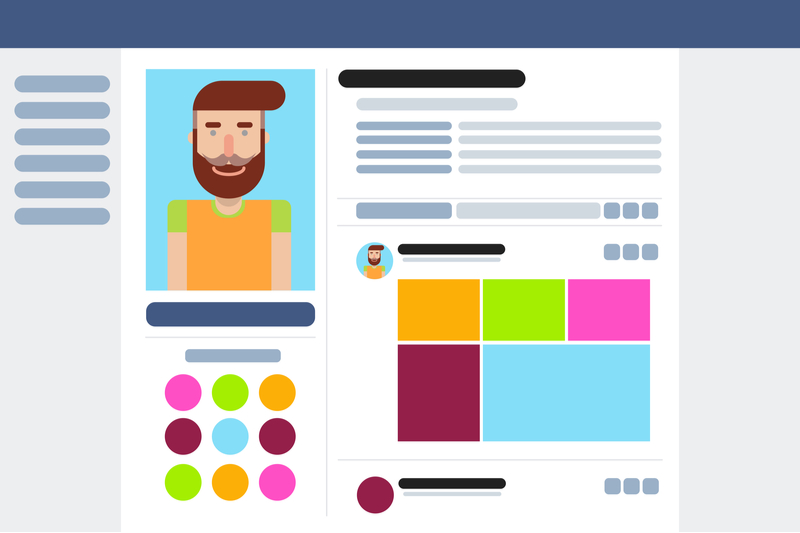
Website personalization is a great and modern way to lift your conversion rates across the board. When you personalize your website content, it leads to an increase in trust, and increased trust means higher conversion rates.
Invest in a technology solution that allows you to easily display your site's content dynamically depending on the user. This technology, often called smart content or dynamic content, allows you to show different versions of website pages, or parts of pages, to your new vs. returning visitors, leads vs. customers, etc.
The applications for this type of savvy strategy are seemingly endless, but here are a few of our favorites that help boost conversion:
- Show a different message on your home page to new vs. returning visitors
- Help direct existing customers to support, and new leads to sales
- Elevate social sharing buttons to leads who spend a lot of their time on social media
- Show new content to leads who have previously converted on a specific piece
Try out the above tips, especially combined together, and you will almost definitely see an improvement in your website conversion rate.
Discover how to leverage your blog to increase lead generation rapidly with our Blog Optimization Checklist. Click below to get your copy now.


